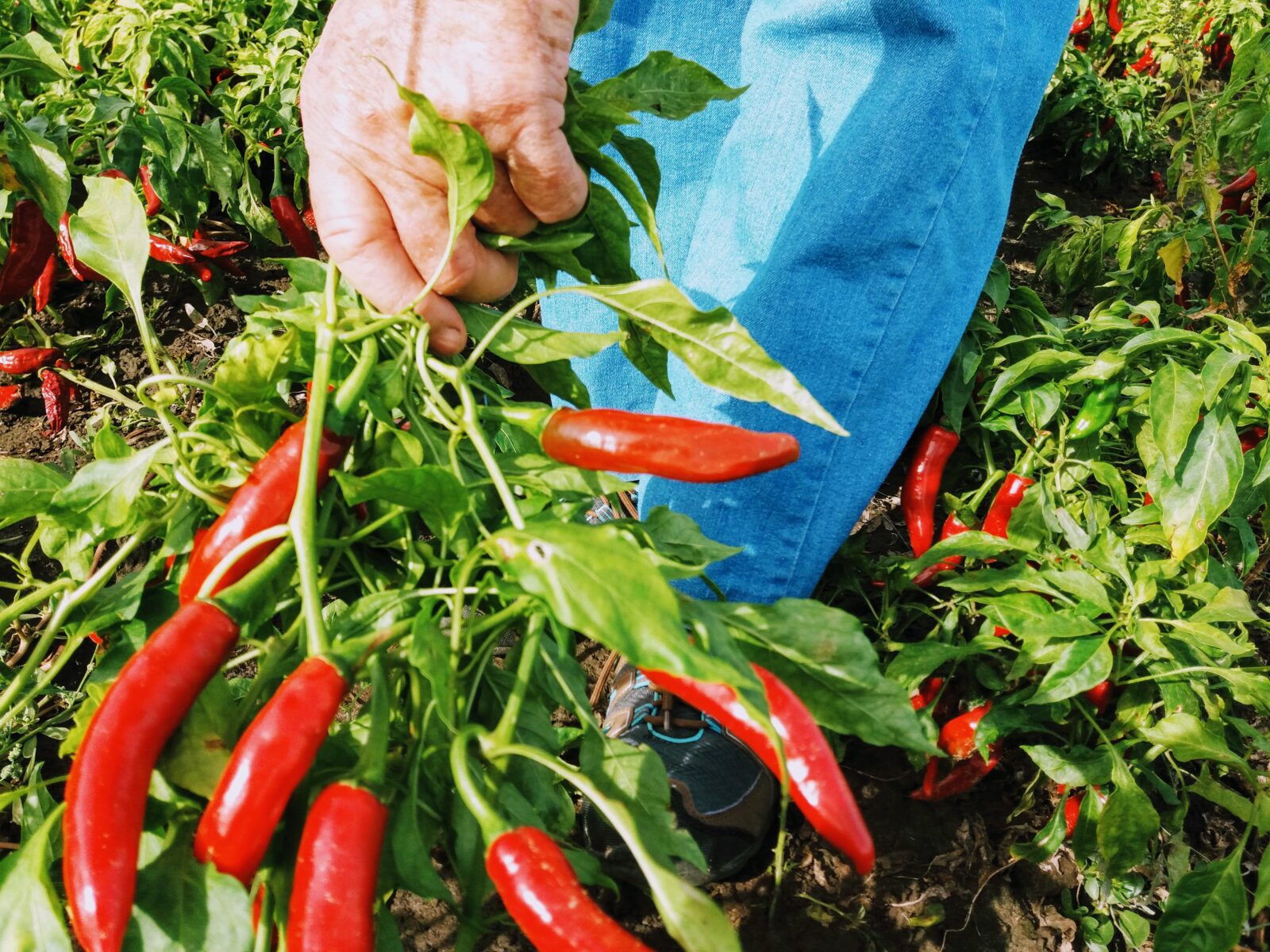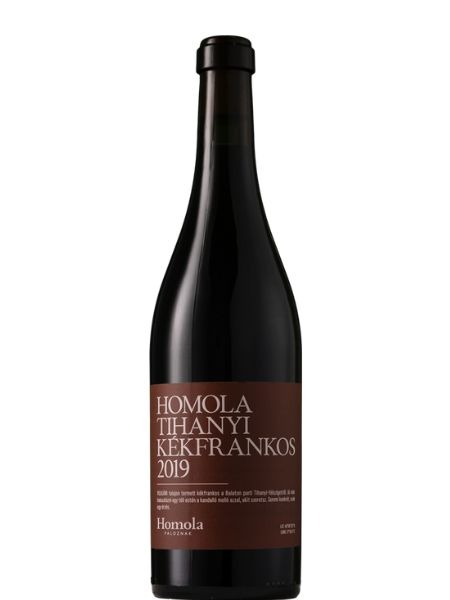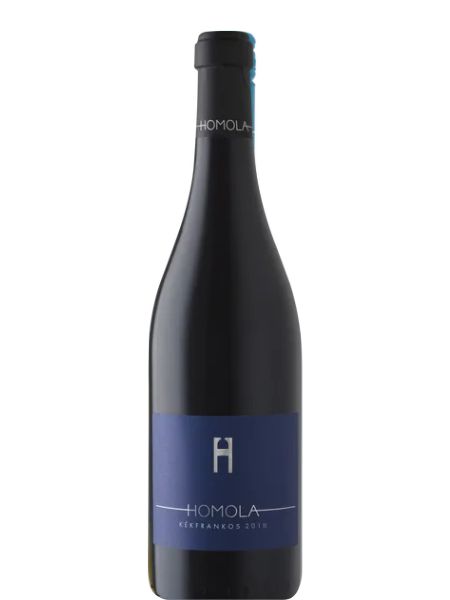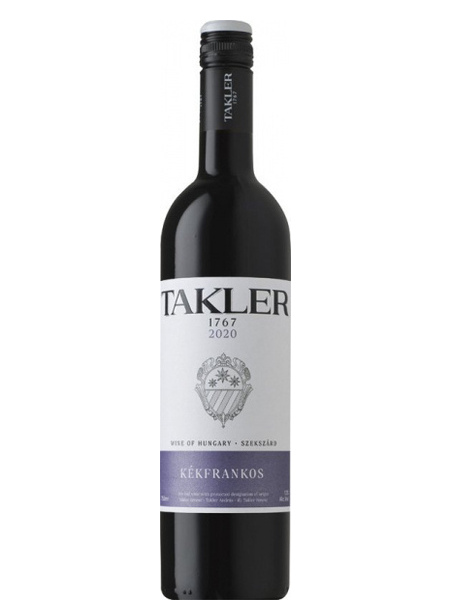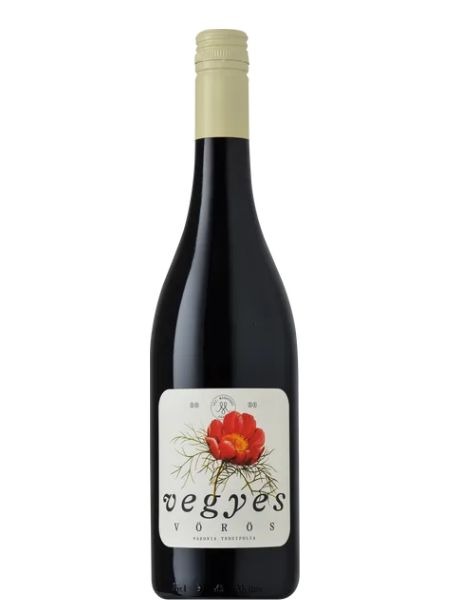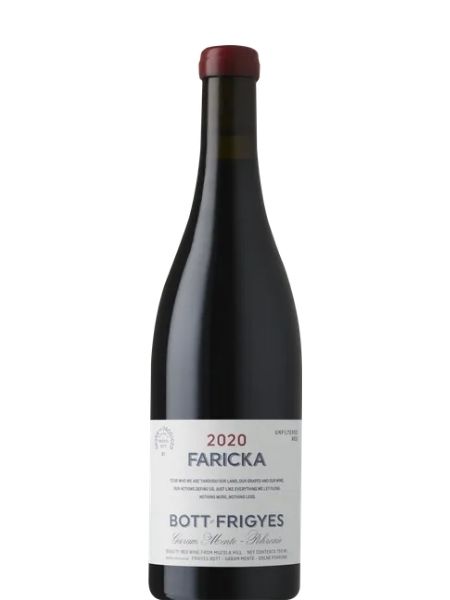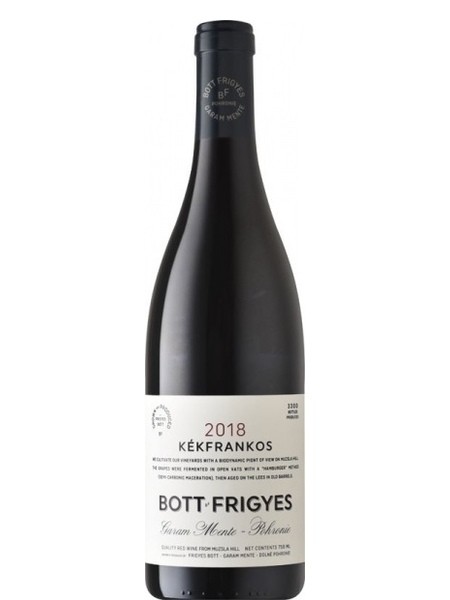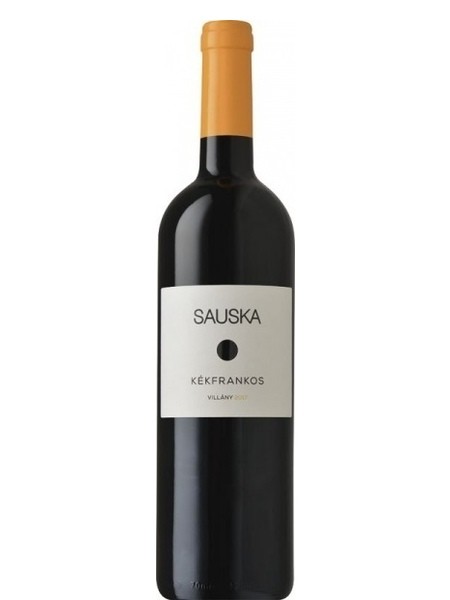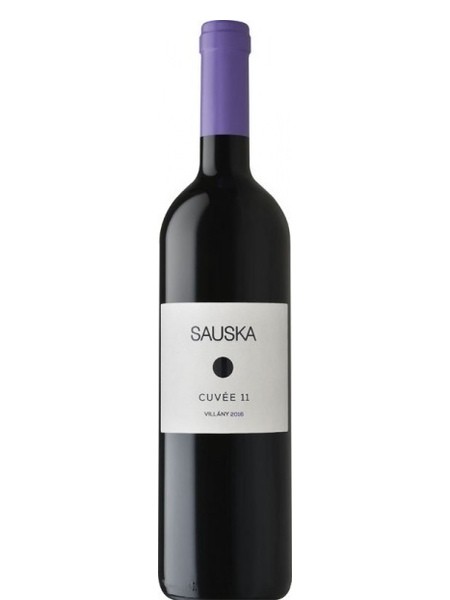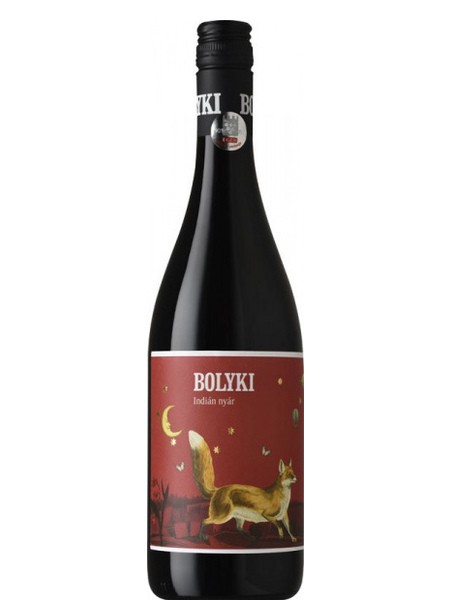Updates, Wine Styles & Trends
Kékfrankos, a distinctly Central European grape
While the exact origins of the Kékfrankos grape variety are unknown, one thing is certain: it’s the red grape variety that defines Central Europe. Also known as Blaufränkisch, Lemberger or Frankovka, Kékfrankos can be found in almost every red wine region from the Czech Republic to Serbia, from Germany to Bulgaria.
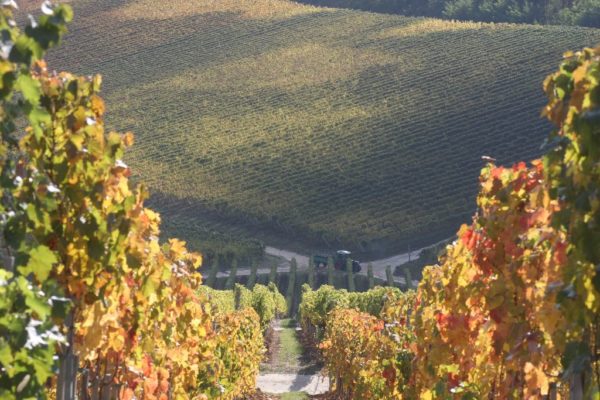
Thought to originate from somewhere around modern-day Slovenia, Kékfrankos spread all around Central Europe over the centuries. While it tastes different in almost every region and it’s hard to pinpoint common characteristics among the wines, there are some typical Kékfrankos characteristics that can be found in almost every wine: lively acidity, rich fruitiness, and a typical peppery, spicy note which gives these wines their unique touch. When done right, they aren’t too heavy or tannic, with the acidity giving the wines a fresh and vibrant style. But the exceptional thing about Kékfrankos is how sensitively it reacts to its environment. In each vineyard, it behaves differently depending on the soil and weather, even more so than most other grape varieties. In cooler regions, it can be as elegant as a pinot noir, in warmer regions, it’s as rich and juicy as a dark, full-bodied cabernet.
This is also why it’s popularly used as a component of different blends, such as Egri Bikavér, Szekszárdi Bikavér as well as plenty of blends in Villány like Gábor Kiss’ 364, Sauska’s Cuvée 11 or Vylyan’s Montenuovo Cuvée. It balances out the other grape varieties while staying characteristic of the wine region.
Kékfrankos is grown all over Hungary – most commonly in the red wine regions of Eger, Szekszárd, Sopron and Villány, but in basically every other region as well. In Sopron, it has a cooler style, while further south in Szekszárd, it’s more known for its spiciness and vibrance. In the warm Villány wine region, it tends to be even more full-bodied and rich.
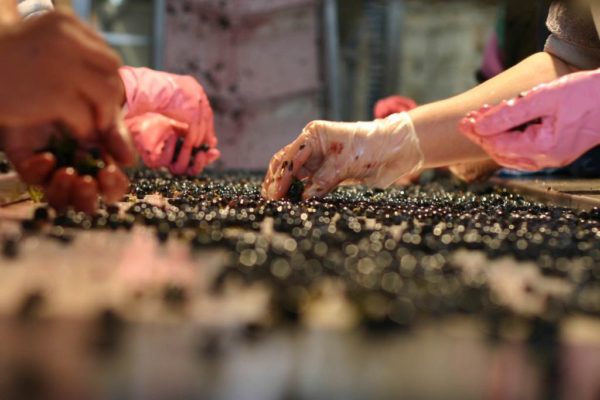
From a winemaker’s perspective, Kékfrankos is a challenging grape. It blossoms early and ripens late, giving extreme weather a large window of opportunity to damage the grapes. From early spring frosts to late summer rains, Kékfrankos is susceptible to a wide array of dangers. It reacts sensitively to different growing and harvesting techniques, and it usually gives much lower quality wine with higher yields. While the grape is typically Central European, over half of all vines, spread over 8000 hectares, are grown in Hungary. For a grape that’s traveled back and forth throughout the region, it’s unsurprising that Hungary, in the crossroads of it all, is where so much of it found a home.
€22,53 / l
Delivery time: 1-5 working days
Elegant Kékfrankos selection
€17,20 / l
Delivery time: 1-5 working days
Smooth Kékfrankos from Balaton
€15,33 / l
Delivery time: 1-5 working days
Fruity, juicy red blend
€11,33 / l
Delivery time: 1-5 working days
Cheerful, juicy everyday red
€46,53 / l
Delivery time: 1-5 working days
Rich and deep natural Kékfrankos
€31,87 / l
Delivery time: 1-5 working days
Mellow, elegant natural Kékfrankos
€21,20 / l
Delivery time: 1-5 working days
Kékfrankos-based elegant red blend
€13,20 / l
Delivery time: 1-5 working days
Smooth and balanced Kékfrankos


 Deutsch
Deutsch
